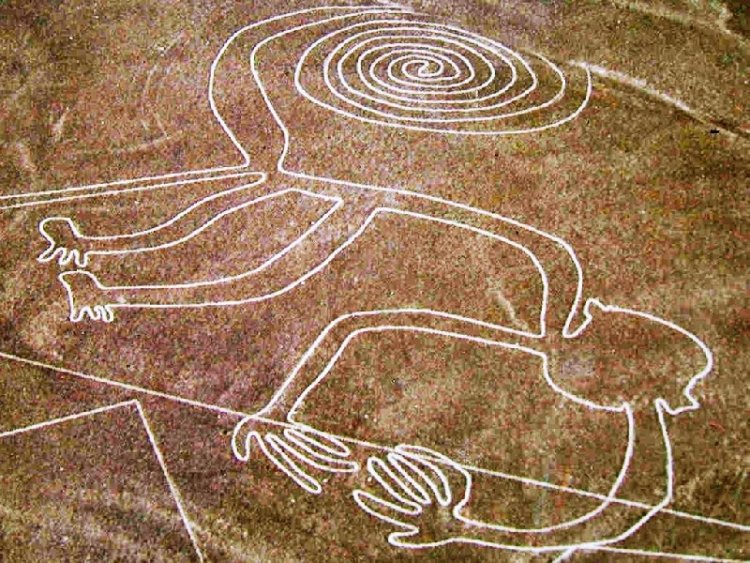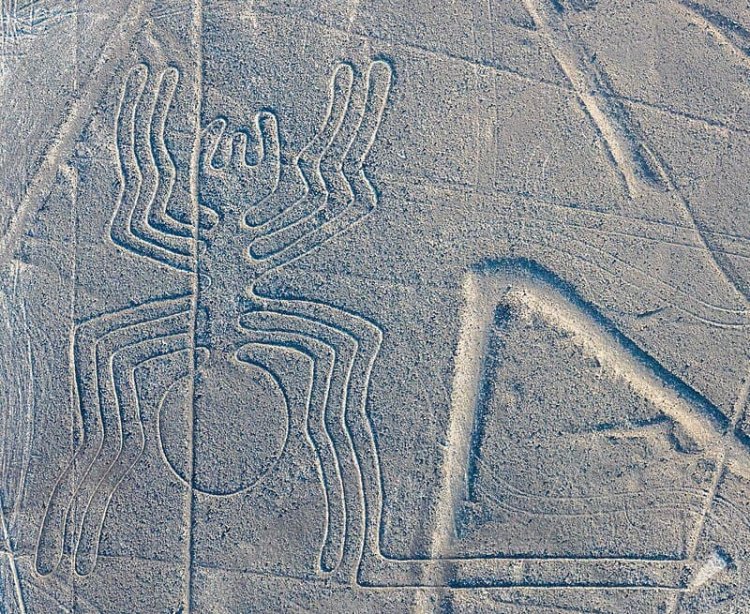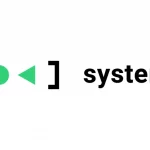Curiosity between the Nazca Lines
Curiosity between the Nazca Lines

Because new figures are constantly popping up!
Thanks to the use of drones and artificial intelligence, new human and animal figures are continually discovered among the geoglyphs of the Nazca desert.
The more you look for them, the more you find. Let's talk about the geoglyphs engraved in the Nazca desert, in Peru, which is a true open-air art gallery. Geoglyphs are lines produced by tracing small furrows in the ground, which together have the appearance of figures (huge or smaller) of animals, men and much more. They were traced when the Nazca civilization was at its peak, i.e. between 300 BC. C. and 500 AD. c.
A BEAUTIFUL (RE)DISCOVERY. Although they were already known in the 1500s, the lines were "rediscovered" at the beginning of the last century, thanks to the overflights by Peruvian civilian and military pilots. Since then the searches have intensified and from time to time there is someone who thinks that... everything there was to discover has been discovered. But soon after come new findings to deny.
Last year a Peruvian archaeologist, after extensive research, told The Guardian that according to him scientists have found just 5 percent of all the Nazca lines and maybe he wasn't entirely wrong. Some researchers from the University of Yamagata, in Japan, thought to support this hypothesis and in a few months they doubled the number of known drawings.

ANIMALS AND HUMANS. Thanks also to surveys conducted with drones in the site which is a World Heritage Site, 168 new geoglyphs have been identified, about fifty of which seem to depict figures similar to human ones. One of the humanoid illustrations even appears to be sporting some facial hair. Some of the other designs engraved in the ground instead represent birds, killer whales, cats and snakes. Still others look like just simple lines or trapezoidal geometric patterns.
Many of the ancient illustrations are engraved on flat ground, so when viewed from close vantage points it is almost impossible to identify the figure they represent. That's why the studies required airplane flyovers and many drone flyovers. The difficulty in interpreting the drawings is further increased by erosion, mainly due to the wind, which over time has "leveled" some parts of the drawings.
Some of the information that the Japanese researchers are collecting is also analyzed by artificial intelligence programs, which are able to identify any hidden designs faster and more reliably than the human eye
FOR THE GODS. The Nazca lines are one of the most intriguing mysteries in recent history, because it is not yet clear why they were built.
Possible explanations have alternated over the decades, but the most common hypothesis is that these figures were made for the gods of the sky, who watched humans on Earth from above. Another popular hypothesis suggests that these figures were drawn for astronomical and ritual purposes, and must have somehow reflected the arrangement of the stars found in the portion of the sky above the Nazca people.

















